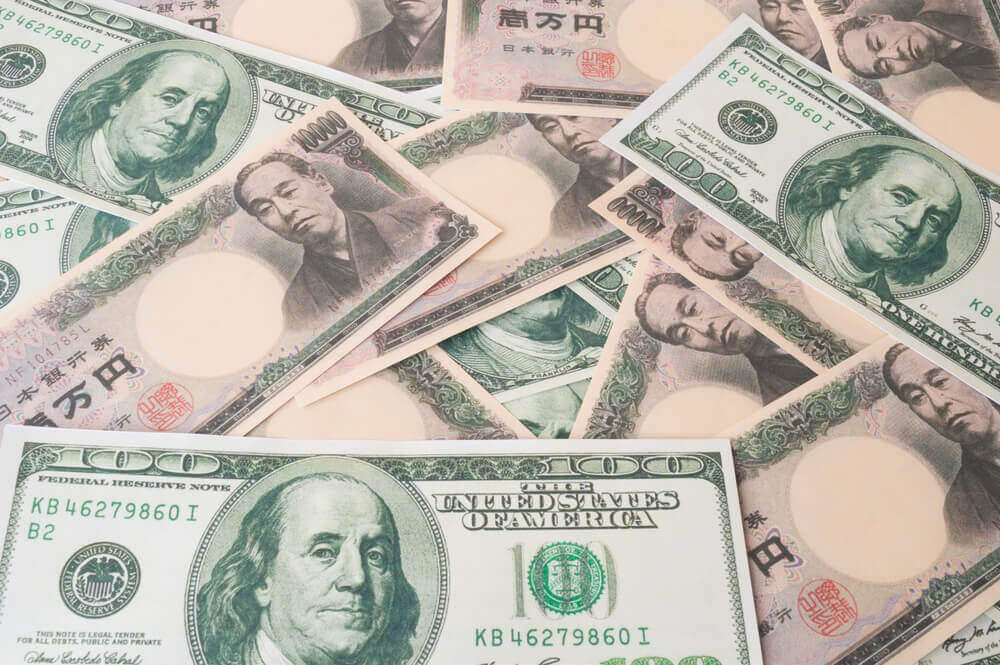
Dollar hits 2-decade high vs. yen
The US dollar surged to a two-week high as rising US Treasury yields bolstered the greenback, sending the Japanese yen to its lowest level versus the dollar in two decades.
A day after central bank governor Haruhiko Kuroda reiterated an unshakeable commitment to “strong” monetary stimulus, the yen fell to a 20-year low of 133 per dollar, levels previously noted as intervention territory. The yen is vulnerable to interest rate differentials between Japanese and US debt.
In Tokyo trading, benchmark 10-year Treasury yields rose to 3.064 percent for the first time in nearly four weeks before falling back to 3.0307 percent. Spreads between the 10-year US and Japanese debt remained at 278 basis points (bps), not far from a three-and-a-half-year peak of 292 bps last month.
With 10-year US Treasury yields above 3% and oil at $125 per barrel, the yen has come under significant pressure. The dollar index, which measures the greenback against a basket of six currencies, including the yen, climbed as much as 0.39 percent, adding to Monday’s 0.26 percent raise.
The euro fell 0.12% to $1.06825 ahead of the European Central Bank’s policy-setting meeting on Thursday, where they are likely to stop bond purchases, opening the way for the first-rate increase in 11 years at the July meeting.
The British pound sank to its lowest level in nearly three weeks, at $1.2433, as investors became concerned about British Prime Minister Boris Johnson’s electoral prospects.
The Australian dollar rose as much as 0.76 percent after the Reserve Bank of Australia raised interest rates more than expected but fell back to trade 0.2 percent lower.
The New Zealand dollar dropped 0.57 percent to $0.6456.
China’s yuan fell from a one-month high versus the dollar, weighed down by broad dollar strength, as some investors assessed the rate of economic recovery after Shanghai removed its COVID-19 shutdown.
Bitcoin fell 5.8 percent to $29,527, wiping out Monday’s 4.89 percent gain and leaving it well below the crucial $30,000 level as risk sentiment worsened with drops in most global stock markets.


